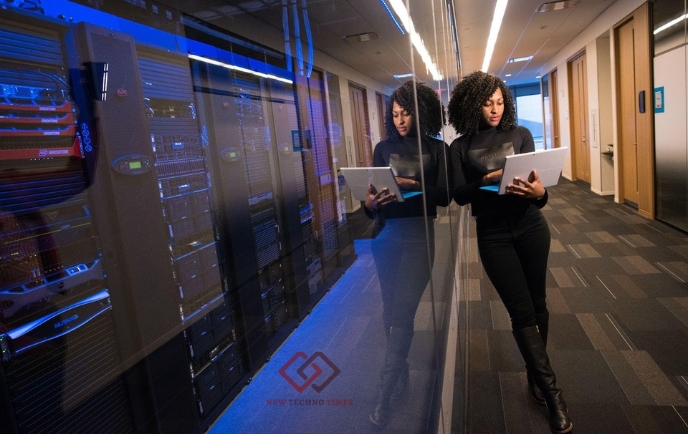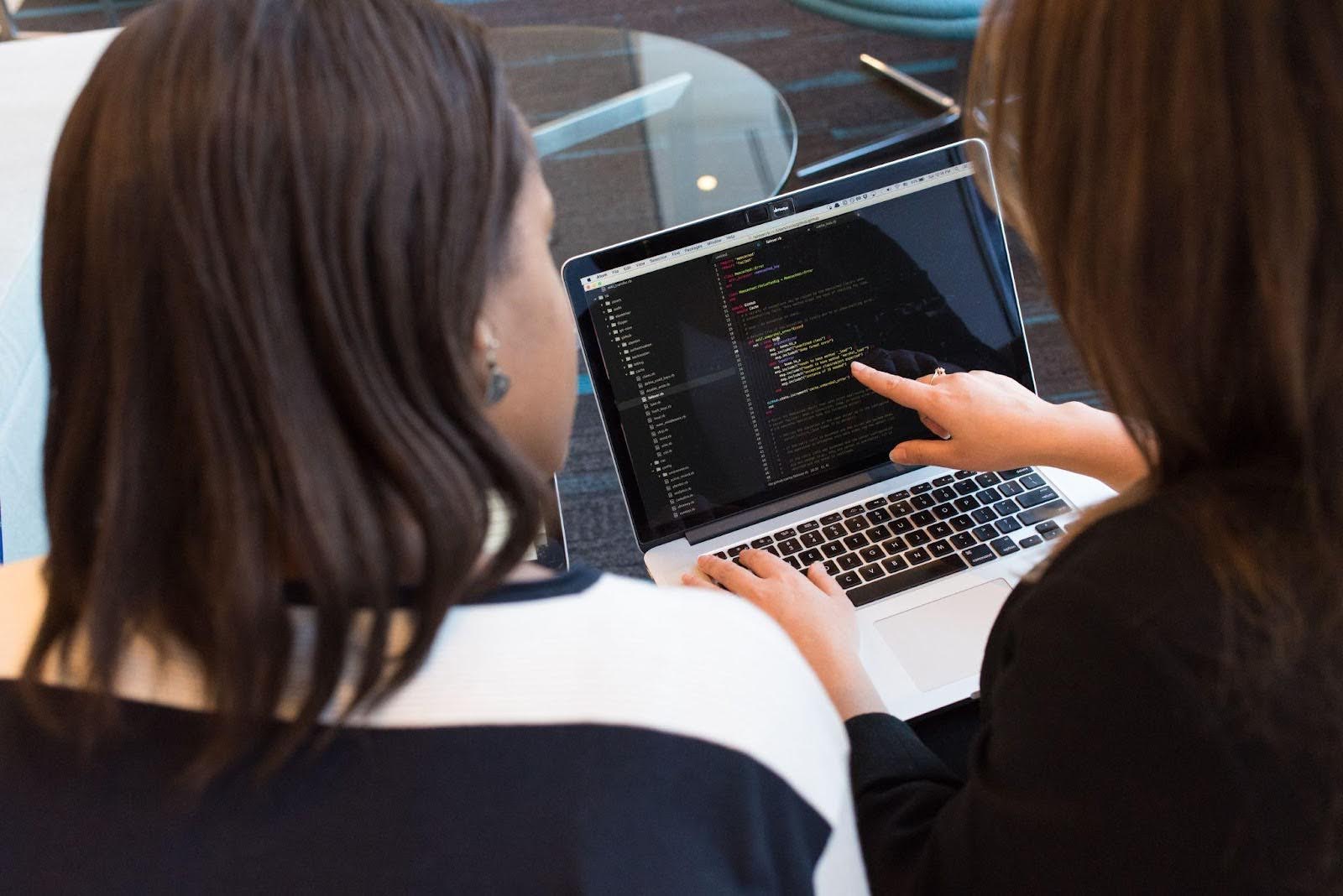The gender gap in the IT business is still a persistent concern in a world where technology is developing at a rapid pace. Women still encounter prejudices and preconceptions that impede their advancement in the computing industry, despite the amazing progress made in recent years. Let’s examine these preconceptions in more detail, dispel a few misconceptions, and consider the opportunities for female empowerment in technology.

Dispelling Stereotypes
Tech is a Man’s World
The idea that only males belong in the computer sector is one of the most persistent misconceptions. Women have historically performed important roles in technology, despite common assumptions to the contrary. Many women in the industry benefited from the work of Ada Lovelace, who is sometimes cited as the first computer programmer in history.
Girls Are Not Technically Skilled
Another misconception holds that women are not as technical as males, which is necessary for success in the IT industry. However, research in the STEM (Science, Technology, Engineering, and Mathematics) disciplines continuously demonstrates that women are equally as competent as males. It’s about tearing down social boundaries, not about talent.
Technology Doesn’t Interest Women
It is argued by some that women are inherently uninterested in technology. Although there is enthusiasm, gender prejudices and cultural standards might deter women from pursuing professions in technology. We can make the world a more welcoming place for everybody by busting these myths.
Also Read: The Pink Byte Revolution: Embracing Women’s Influence in Tech Jobs
The Empowering Guide for Women in Technology

Photo by Christina @ wocintechchat.com
There is a rising push to empower women in IT, despite the obstacles. A road map for success is given in The Empowering Guide for Women in Tech which emphasizes the value of skill development, mentorship, and shattering stereotypes. Women are advised to look for mentors who can provide them with advice and assistance in the empowering handbook. Mentorship programs create a feeling of community and offer insightful information about the business by bringing together seasoned executives and recent graduates.
Development of skills is another important point that the book emphasizes. It is recommended for women working in technology to always improve their technical abilities and keep current with new developments. This gives them more self-assurance and establishes them as important contributors to the rapidly changing IT industry.
In order to overcome preconceptions, one must question social mores and promote reform. The handbook places a strong emphasis on the value of women standing behind one another, forming a community of like-minded people who can work together to combat prejudice and open doors for next generations of women in technology.
Interesting Facts to Dispel Preconceptions
 Photo by Mimi Thian
Photo by Mimi Thian
Fact 1: A Woman Was the First Person to Program a Computer
As was previously said, Ada Lovelace is frequently recognized as the first person to program a computer. She created the first machine-processable algorithm in the middle of the 1800s, setting the stage for contemporary computer programming.
Fact 2: Women Contributed Significantly to Early Computing
Women were at the forefront of computers during World War II. One of the first electronic general-purpose computers, the ENIAC (Electronic Numerical Integrator and Computer), was programmed by a group of six women known as the “ENIAC Six.”
Fact 3: STEM Fields are Thriving for Women
Women have historically succeeded in STEM disciplines, despite popular belief. The only person to have received Nobel Prizes in both physics and chemistry is Marie Curie, a pioneer in both disciplines.
Also Read: The Importance of Traceroute in Diagnosing Network Issues
Breaking Through Glass Ceilings: Honoring Women Pioneers
Beyond prejudices and stereotypes, it’s critical to recognize the achievements of women who have broken down barriers for women in the technology industry. Prominent trailblazers like Ginni Rometty, the former CEO of IBM, and Sheryl Sandberg, the COO of Facebook, have demonstrated that women can succeed and hold leadership positions in the IT sector.
These women are role models because they dispel stereotypes and show that there are no limits to what a woman may achieve in the IT industry. By celebrating their accomplishments, we hope to encourage the next generation to follow their dreams and aspirations in the rapidly changing field of technology, while also acknowledging the influence of women in leadership positions.
Getting Around to Equality in Technology

A hopeful change is under progress in our quest to combat bigotry and stereotypes in the tech industry. The narrative is being rewritten to reflect a more inclusive profession thanks to the inspirational guide and the accounts of women trailblazers.
Our objective goes beyond dismantling obstacles to establish a setting where diversity is valued for its tactical benefits rather than merely tolerated. Realizing that varied teams foster creativity, the IT sector has a lot to gain by promoting equality.
We are advancing toward a future where everyone, regardless of gender, can contribute and influence the transformational potential of technology by dispelling preconceptions, encouraging one another, and celebrating the accomplishments of women in technology. Let’s make sure that the tech landscape reflects the full variety and potential of our global community as we work together towards this future.
We, at New Techno Times aim to provide the best technology information to readers to gain knowledge of what is going on in the world around us. For related blogs about cybersecurity and technology, Digital Marketing, Business, Education keep following us.
